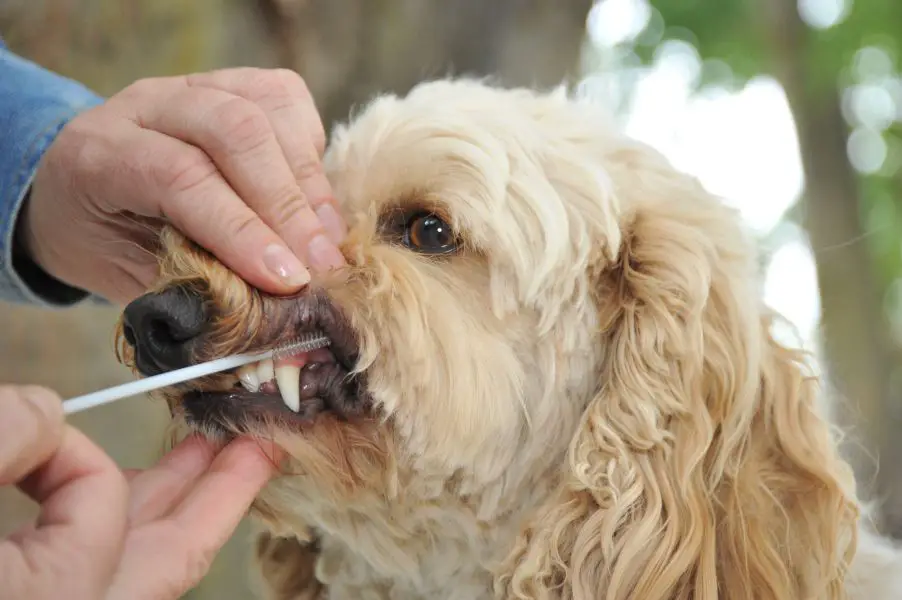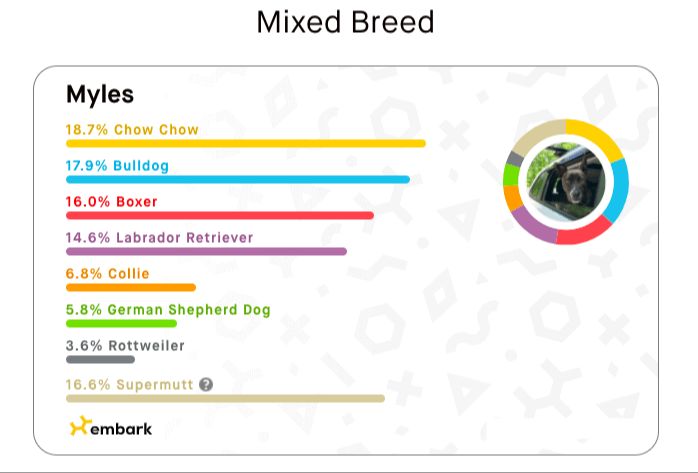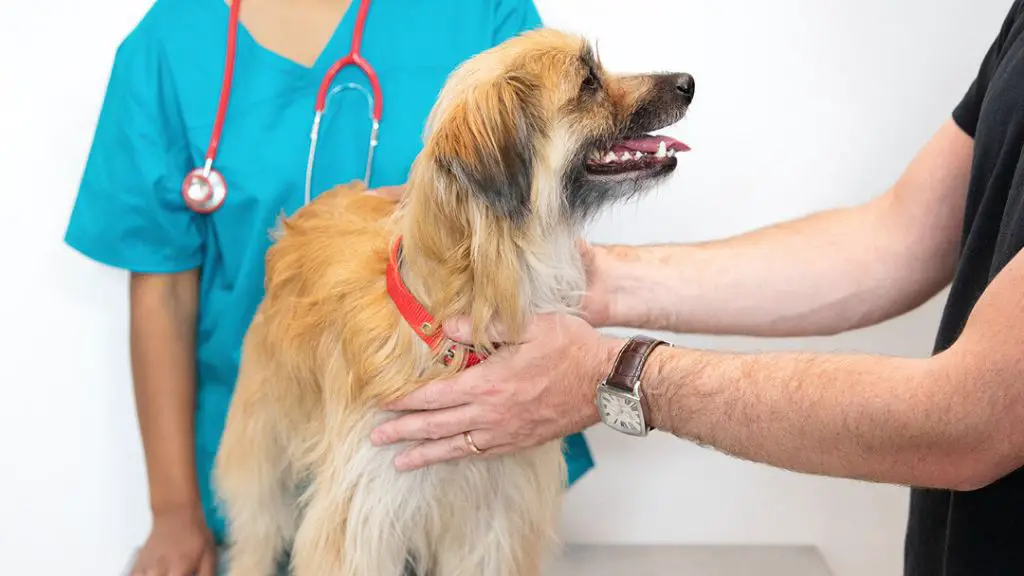Introduction
DNA testing for dogs has become increasingly popular among breeders in recent years. These tests analyze your dog’s genetic makeup to uncover information that can help inform breeding decisions. With a simple cheek swab or blood sample, you can gain valuable insights into your dog’s heritage and what traits they may pass down.
For breeders, DNA tests can be useful tools to ensure healthier litters. Testing allows you to verify parentage, screen for genetic diseases, and better understand your dog’s characteristics. While not mandatory, many breeders now see testing as an important part of responsible breeding. The results help them make more informed selections when choosing sire and dam combinations.
At the same time, DNA testing does have some limitations. The available tests currently cover only a fraction of the thousands of genetic diseases affecting dogs. And environment plays a big role as well. Testing is best used as a guide, not a definitive measure of what offspring will be like. This article will delve into the key benefits and potential drawbacks of testing, when to consider it, and what to look for in choosing a test.
Types of DNA Tests
There are three main categories of DNA tests available for dogs:
Genetic disease testing
These tests screen for genes linked to inherited diseases like progressive retinal atrophy, degenerative myelopathy, and exercise-induced collapse. They allow breeders to avoid breeding dogs who carry disease-causing mutations.
Coat color testing
Coat color tests identify genes associated with traits like solid black, brown, chocolate, yellow, white spotting patterns, and more. They help breeders predict what coat colors puppies may have.
Parentage testing
Parentage testing verifies parent-offspring relationships. It confirms if the sire and dam are correctly identified and detects accidental breedings. It provides proof of pedigree for registration.
Benefits of Testing

One of the main benefits of DNA testing your dog before breeding is to avoid passing on genetic diseases. There are over 150 known inherited disorders in dogs that can be detected through genetic screening. These include eye diseases, heart problems, neurological issues, blood disorders, skeletal abnormalities, and more. DNA tests can identify if a dog is a carrier for these diseases so they are not bred with another carrier, preventing the disorders from being passed to offspring.
Another advantage of testing is to confirm parentage before breeding. DNA profiling of both the sire and dam will scientifically prove they are the true parents of a litter. This ensures no accidental breedings occurred and validates a dog’s pedigree. It also provides responsible breeders with documentation in cases of disputes over parenting.
Finally, DNA testing helps enable ethical breeding practices. Screening breeding dogs protects puppy buyers by reducing the chances of inherited conditions in litters. Testing parentage gives breeders credibility in representing their dogs. Overall, DNA testing demonstrates a commitment to health and welfare in breeding programs.

Potential Downsides
While DNA testing offers benefits, there are some potential downsides owners should be aware of:
One is the expense of testing. DNA tests can range anywhere from $60 to a few hundred dollars depending on the type and breed. For some owners, especially those with multiple dogs, the costs can add up quickly.
There’s also the possibility of false positives. No test is 100% accurate, so there is always a small chance the results could be wrong. This could lead owners to make incorrect assumptions about their dog’s breed makeup or health risks.
Additionally, some critics argue there are ethical concerns with breeding dogs based solely on their DNA results. For example, some worry that breeders may selectively breed dogs just to achieve certain physical traits, at the expense of genetic health and wellbeing. Others argue that reducing living beings to their genetic code is dehumanizing. While the merits of these arguments are debatable, they are still risks for owners to consider.
Overall, DNA tests offer valuable insights, but owners should weigh the potential benefits against these possible downsides before proceeding.
When to Test
There are a few key times when DNA testing is recommended before breeding dogs:
Before breeding two dogs – It’s highly advisable that both the sire and dam undergo DNA testing prior to being bred. This allows you to screen for genetic diseases and ensure the pairing won’t produce offspring predisposed to serious health conditions.
When acquiring a new stud dog or brood bitch – Any new additions to your breeding program, whether a stud dog or brood bitch, should be DNA tested before using them for breeding. This verifies their lineage and identifies any potential genetic risks.
If suspicious of parentage – Sometimes, the documented parentage of a dog comes into question. DNA testing can settle any uncertainties around a dog’s lineage and confirm who the true sire and dam are.
How Testing Works
Conducting a DNA test on a dog is a relatively simple process. It starts by collecting a small sample of the dog’s cells through a cheek swab. This is usually done by rubbing a cotton swab along the inside of the dog’s mouth to collect saliva and epithelial cells. The sample is then sealed and sent to a canine DNA testing laboratory.
At the DNA lab, scientists will extract and analyze the DNA contained in the cells. The lab will screen the dog’s DNA for the presence or absence of certain genetic mutations that can cause diseases or conditions. They do this by using a process called polymerase chain reaction (PCR) to replicate certain DNA segments and compare them to established gene profiles.
The lab will also run the dog’s DNA profile against known DNA profiles from the expected parents or breed. This allows them to verify parentage or ancestry. The entire testing process from sample to results usually takes 2-4 weeks for the lab to complete.
Interpreting Results

Once you get the DNA test results back, the next step is figuring out what they mean. The testing company will provide some interpretation, but it’s also wise to go over the results with your veterinarian. They can help assess what the results indicate about your dog’s health and suitability for breeding.
Some of the key things to look at are genetic markers for inherited diseases and conditions. A responsible breeder will want to avoid breeding dogs that could pass on problematic genes to the puppies. However, the presence of some genetic markers may not necessarily mean a dog can’t be bred at all. It depends on the specific condition, your breed, and what’s acceptable within breeding circles.
Your vet can advise you on the health implications of your dog’s results and whether any markers should preclude breeding altogether or simply require careful selection of a mate. Some hereditary conditions only manifest if both parents transmit the same defective gene. By breeding to a dog that tests clear, the pups may not inherit the disorder.
DNA results provide valuable insight but should be viewed in combination with your dog’s overall health, pedigree, conformation to breed standards, and temperament. Work closely with your vet to make responsible breeding choices that protect puppy health.
Costs
The cost of dog DNA testing can vary widely depending on the type of test you opt for. On average, expect to pay anywhere from $60-$150 per test. Some of the factors that influence cost include:
- The testing lab you choose – Some labs charge more than others for the same types of tests.
- The number of tests you run – You may need to run multiple tests on your dog to screen for all potential issues.
- Additional features – Some DNA tests include extra features like genetic relative matching that add to the cost.
While the upfront cost may seem high, consider it an investment in your dog’s health and the quality of their potential offspring. Testing helps stack the odds in favor of producing healthy puppies, which is invaluable.
Alternatives to DNA Testing
While DNA testing can provide valuable insights, there are alternatives dog breeders may want to consider:

Health Screening Without DNA Testing
Some breeders opt to have their dogs screened for common breed-specific conditions without genetic testing. This usually involves a veterinary exam, diagnostic imaging, and other non-DNA based tests to check for issues like hip dysplasia, eye disease, heart problems, etc. The advantage is it avoids the cost of DNA tests. The disadvantage is it won’t catch hidden genetic mutations the parents may pass on.
Breeding Without Any Testing
While not recommended, some breeders skip all testing and breed their dogs based on pedigree and health history alone. The risks here are clear -without testing, there’s no way to know if genetic diseases or defects are present. While the puppies may seem healthy at birth, serious issues can show up later in life. Testing allows breeders to make more informed choices and reduce the chances of propagating unhealthy lineages.
Conclusions
In summary, DNA testing your dog before breeding can provide valuable insights into potential health risks and compatibility with a mate. Key takeaways include:
- DNA tests can screen for hundreds of genetic diseases and traits.
- Testing allows breeders to make informed choices and avoid propagating disease genes.
- Results may impact your breeding decisions and help match dogs.
- While useful, testing has limitations and should be one part of a comprehensive breeding program.
- Work with your vet to determine the right tests and interpret results.
- Testing too early may miss mutations that develop later in life.
- Costs range from $50-$200+ depending on the test.
Overall, DNA testing is recommended for responsible breeders looking to improve breed health. But it should be used to complement, not replace, other breeding best practices. Consider your specific goals and situation when deciding if and when to test your dogs.